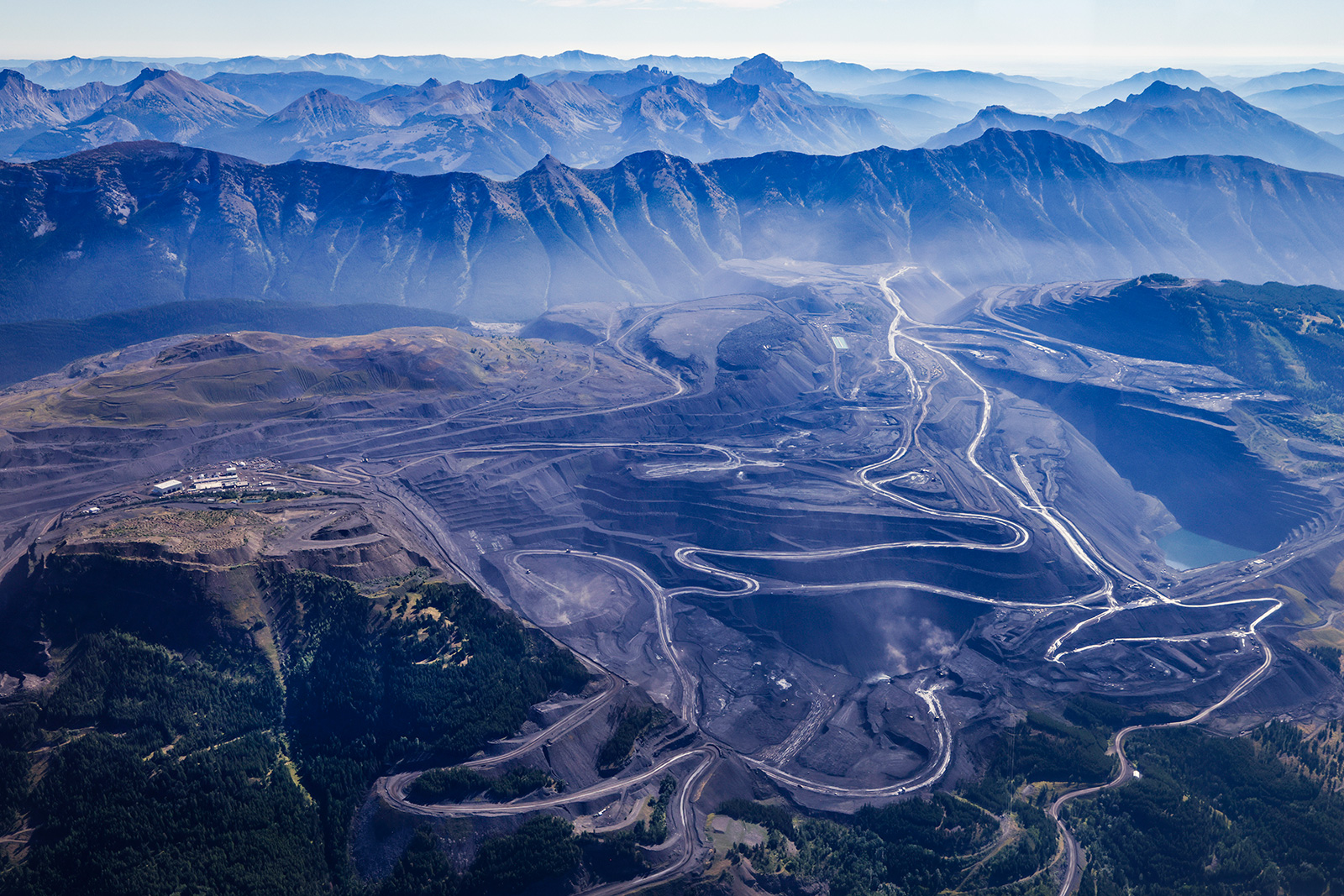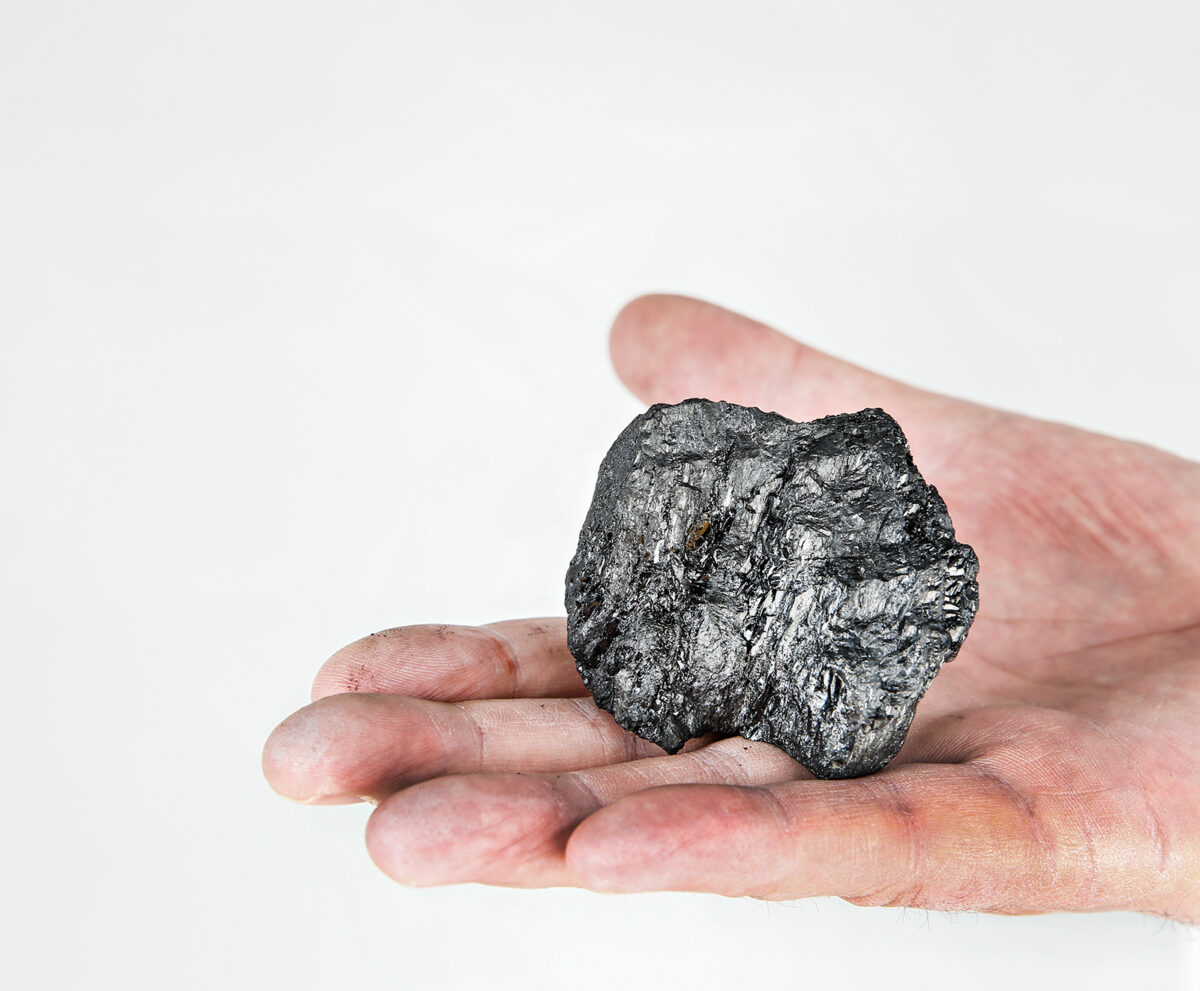B.C. Coal Giant Fined $3.6M for Treatment Delays, Pollution Breaches on Transboundary Watershed
The provincial government imposed the administrative penalties against Glencore's EVR Operations Limited, formerly Teck Coal, for failing to comply with an order that it curb selenium and nitrate pollution in the Elk and Kootenai river watershed
By Tristan Scott
Provincial government officials this month imposed more than $3.6 million in administrative penalties against British Columbia’s largest mining company for its failure to implement a water quality treatment plan aimed at reducing concentrations of toxic contaminants leaching out of piles of waste rock in the Elk River Valley and into a watershed that feeds Lake Koocanusa and the Kootenai River in Montana and Idaho.
The Ministry of Environment and Parks leveled the seven administrative penalties against Elk Valley Resources Operations Limited (EVR), formally Teck Coal Limited, for compliance failures and contraventions that occurred between 2018 and 2023 at five coal mining operations in the Elk Valley of southeastern British Columbia (B.C.) The penalties were imposed under the Environmental Management Act, which governs air and water pollution, waste management and toxic substances.
The penalties, which range from $1,545,500 to $18,000, totaling $3,626,750, also allege that the coal operator breached water quality limits 171 times.
According to the Oct. 1 decision from the director of the Environmental Management Act, Jason Bourgeois, the largest share of the penalty against EVR stems from the company’s failure to design, construct and operate three major water treatment facilities by their mandated deadlines.
Those deadlines were imposed by the B.C. government in 2013, when it issued a ministerial order requiring the coal company develop an “area based management plan” for the Elk Valley and the portion of Lake Koocanusa within Canada. The plan included directives that the company design a water quality monitoring and treatment strategy aimed at stabilizing and reversing decades of contamination spanning the U.S.-Canada border.
“The Order was in response to the increasing concentrations of contaminants from extensive and widespread mining activity in the Elk Valley, which may have been impairing ecosystem health,” Bourgeois wrote in his decision, which alleges that EVR failed to comply with the conditions of its operational permit. “The Order is a one of a kind in B.C. There have been no previous, or subsequent, areas in B.C. designated by ministerial order for the purpose of developing an area based management plan.”
In response to the 2013 order, the former operator, Teck Coal, submitted an area based management plan called the “Elk Valley Water Quality Plan.” The plan was intended to serve as a “public policy document” guiding Teck’s future regulatory applications and treatment strategies.
The recent penalties allege a pattern of noncompliance with the plan’s water quality treatment goals and its concentration targets.
An EVR spokesperson, Chris Stannell, said the company is “currently reviewing these administrative penalties, which predate the July 2024 acquisition [from Teck] making EVR part of the Glencore group.”
On July 11, 2024, Teck Coal’s 77% interest in the steelmaking coal business in the Elk Valley was sold to EVR, a wholly-owned Canadian subsidiary of Glencore, the Swiss commodities giant that is also the parent company of the Columbia Falls Aluminum Company plant, which is now a Superfund site.

For decades, open-pit coal mines located in the Elk Valley have leached selenium, nitrate, and sulphate into the Elk and Kootenai rivers. The Elk River rises in the Canadian Rockies and flows into the U.S. at Lake Koocanusa, an impoundment of the Kootenai River. It then flows through the states of Montana and Idaho, and through transboundary Ktunaxa lands, including those of the Confederated Salish and Kootenai Tribes (CSKT) and the Kootenai Tribe of Idaho on its way back to the province of B.C., where it empties into the Columbia River.
In 2023, a study from the U.S. Geological Survey found multi-decade percent changes of selenium in the Elk River were the largest ever recorded in a peer-reviewed study.
Bourgeois noted in his decision that growing evidence reveals that high concentrations of mining contaminants far exceed water quality standards and are degrading the watershed’s aquatic health.
“By the mid-1990s, increasing amounts of selenium and other substances of concern, were found in the waters downstream of coal mines in the Elk Valley,” Bourgeois wrote in his determination of administrative penalties. “This changed the water quality in the downstream rivers with potential harm to humans, fish and other life forms that live in and use the water.”
Selenium is a naturally occurring element and is an essential nutrient for many organisms; however, high levels can be toxic. Elevated selenium levels in fish tissue can result in harmful effects on reproduction and development, according to the decision.
The Environment and Climate Change Canada (ECCC) “has previously found that these selenium discharges caused actual deleterious effects on fish and fish habitat within the Elk Valley watershed,” Bourgeois wrote. “Selenium has been linked with defects in reproduction and growth, as well as mortality and deformity in [westslope cutthroat trout]. ECCC has previously found that some WCT fish captured within the Elk Valley watershed contained selenium concentrations at levels that can be linked with adverse effects in fish.”
The source of nitrate in the waste rock is primarily residue from blasting, a technique involving explosives that is heavily used in the coal mining process.
Stannell, the EVR spokesperson, emphasized that internal monitoring by the company shows selenium and nitrate levels have stabilized and are decreasing downstream of the four water quality treatment facilities it has constructed under the treatment plan.
“We continue to make significant progress implementing the Elk Valley Water Quality Plan (EVWQP), a comprehensive strategy overseen by the provincial government to protect water quality in the region,” according to a statement from Stannell. “Monitoring shows selenium and nitrate levels have stabilized and are decreasing downstream of treatment.”
The company’s four water treatment facilities have the capacity to treat 77.5 million liters of water per day, Stannell said, and are “successfully removing between 95% and 99% of selenium from treated water.” Three additional water treatment construction projects are currently underway, which Stannell said should increase capacity by an additional 50 million liters per day.
“We also continually research new technologies to prevent selenium and other constituents from entering the watershed to help reach our water quality goals,” Stannell said, adding that EVR has invested more than $1.5 billion (CAD) implementing the EVWQP to date, and plans to spend an additional $700 million (CAD) on water treatment facilities and expansions by the end of 2027.
“We are committed to building on our work to manage and improve water quality in the region to support continued sustainable mining in collaboration with government, Indigenous communities, and stakeholders,” Stannell said.

But many of those stakeholders, including Indigenous governments, have lost faith in the coal operator, noting that the recent penalties are not the first time the coal miners have faced punishment or prosecution for releasing environmental contaminants into the transboundary watershed.
“This pattern of non-compliance and ongoing impacts in the Elk and Kootenay rivers from EVR is unacceptable,” Ktnuxa Nation Council Chair Kathryn Teneese said. “Ktunaxa rely on these areas for harvesting rights and for the continuation and teaching of cultural and spiritual practices.”
The transboundary Ktunaxa Nation encompasses the Confederated Salish and Kootenai Tribes, the Kootenai Tribe of Idaho, and the six Ktunaxa bands of government, whose leaders have for years pressured the Canadian and U.S. governments to intercede.
In 2021, in what amounted to the largest sentence ever brought under the Canadian Fisheries Act for pollution violations, ECCC ordered Teck pay $60 million in fines for leaching toxic contaminants into downstream waterways, including Lake Koocanusa and the Kootenai River system, causing harmful impacts to native fish species on both sides of the international border. In that case, Teck executives pleaded guilty to two counts of unlawfully depositing deleterious substances into water frequented by fish.
Specifically, Teck executives admitted their operations on the Fording River, a tributary of the Elk River near Elkford, B.C., as well as at nearby Greenhills, caused the mining contaminants selenium and calcite to leach from spoils of waste rock and into downstream tributaries, having an adverse effect on native westslope cutthroat trout, including causing fish deformities and mortalities.
In 2017, the company was fined $1.4 million after a problem with its West Line Creek water treatment facility north of Sparwood, B.C., resulted in the death of dozens of westslope cutthroat trout and bull trout. Meanwhile, the coal operator continues to move forward on an expansion of its mining complex.
Last year, federal governments in Canada and the U.S., spurred to action in large part by Indigenous leaders, agreed to ask the International Joint Commission (IJC) to study and take steps to mitigate the inflow of mining pollution to the Elk-Kootenai River watershed through a joint reference, signaling a breakthrough in bilateral talks that have stalled for years.
A final report from the IJC reference is due in September 2026.
In the U.S., Montana has taken steps to address the selenium problem by adopting its own site-specific water quality standard for selenium at the border, a protective value crafted through years of scientific work to safeguard fish species in Lake Koocanusa and the Kootenai River. The standard for dissolved selenium concentration is 0.8 micrograms per liter on Lake Koocanusa and 3.1 micrograms per liter on the Kootenai River. Idaho adopted the U.S. Environmental Protection Agency’s recommended selenium criteria in 2009.
Teneese said Ktunaxa Nation is “encouraged” by the provincial government’s enforcement action and pledged to “continue to hold both parties accountable and to seek better environmental outcomes through government-to-government and government-to-industry engagement.”
“As title holders, we expect the Province to uphold its permits and other authorizations, and we expect EVR to be in compliance with those authorizations at all times.”
The 328-page determinations document are available on B.C.’s Provincial website: https://nrced.gov.bc.ca/records.